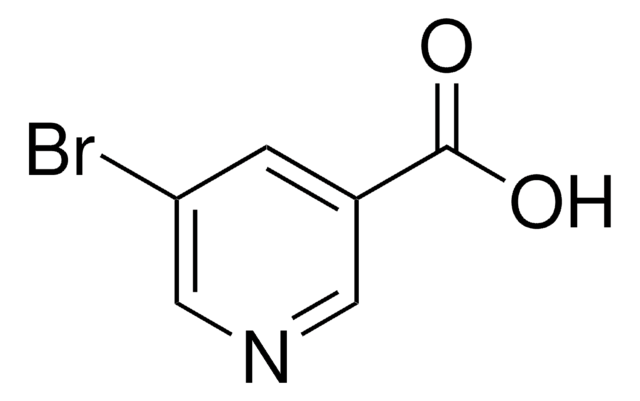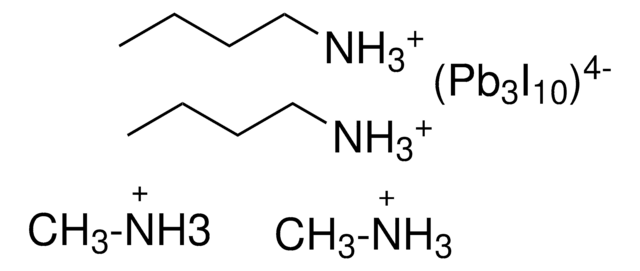805254
FK 102 Co(III) PF6 salt
Sinônimo(s):
Greatcell Solar®, tris(2-(1H-pyrazol-1-yl)pyridine)cobalt(III) tri[hexafluorophosphate]
About This Item
Produtos recomendados
descrição
Carbon: 28.5%-30.1%
Nitrogen: 12.5% - 13.2%
Nível de qualidade
Ensaio
>98%
Formulário
powder
cadeia de caracteres SMILES
N1(C2=NC=CC=C2)N=CC=C1.C3(N4C=CC=N4)=CC=CC=N3.C5(N6C=CC=N6)=CC=CC=N5.C
chave InChI
KQAJWGNTMDECEN-UHFFFAOYSA-N
Categorias relacionadas
Descrição geral
Aplicação
FK102 cobalt complexes offer guaranteed performance, high reproducibility, consistent results and are of highest purity. In comparison to triiodide-based redox electrolytes, cobalt complexes in general increase photovoltages and particularly at lower light levels (e.g. for indoor applications), significantly increase device power output.
Recommended use:
In liquid-based electrolytes: typically 0.15-0.2 M of Co(II) and ca. 0.05 M Co(II)
In solid-state photovoltaic cells: up to 10 weight % added to the hole transport material system.
Informações legais
Palavra indicadora
Warning
Frases de perigo
Declarações de precaução
Classificações de perigo
Eye Irrit. 2 - Skin Irrit. 2 - Skin Sens. 1 - STOT SE 3
Órgãos-alvo
Respiratory system
Código de classe de armazenamento
11 - Combustible Solids
Classe de risco de água (WGK)
WGK 3
Ponto de fulgor (°F)
Not applicable
Ponto de fulgor (°C)
Not applicable
Escolha uma das versões mais recentes:
Certificados de análise (COA)
Não está vendo a versão correta?
Se precisar de uma versão específica, você pode procurar um certificado específico pelo número do lote ou da remessa.
Já possui este produto?
Encontre a documentação dos produtos que você adquiriu recentemente na biblioteca de documentos.
Artigos
Next generation solar cells have the potential to achieve conversion efficiencies beyond the Shockley-Queisser (S-Q) limit while also significantly lowering production costs.
Dr. Perini and Professor Correa-Baena discuss the latest research and effort to obtain higher performance and stability of perovskite materials.
For several decades, the need for an environmentally sustainable and commercially viable source of energy has driven extensive research aimed at achieving high efficiency power generation systems that can be manufactured at low cost.
Nossa equipe de cientistas tem experiência em todas as áreas de pesquisa, incluindo Life Sciences, ciência de materiais, síntese química, cromatografia, química analítica e muitas outras.
Entre em contato com a assistência técnica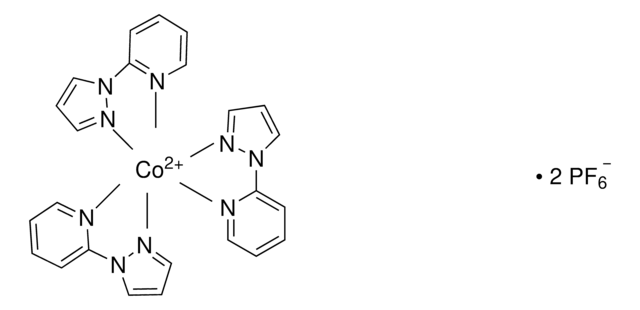
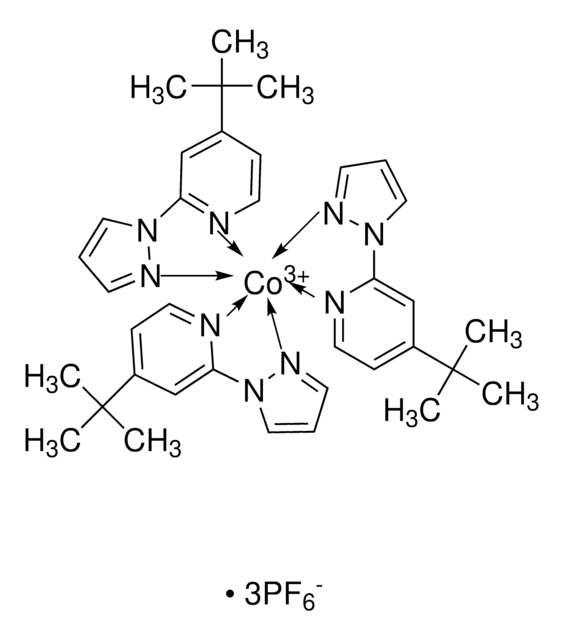
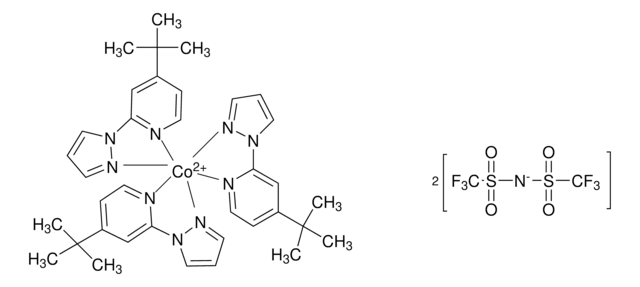
![[(TEEDA)Ni(o-tolyl)Cl] ≥95%](/deepweb/assets/sigmaaldrich/product/structures/156/227/a6ce708d-c671-4ca6-98ba-ef780504ca58/640/a6ce708d-c671-4ca6-98ba-ef780504ca58.png)

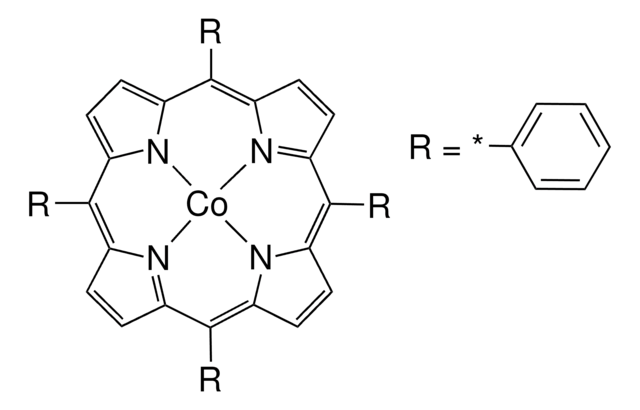
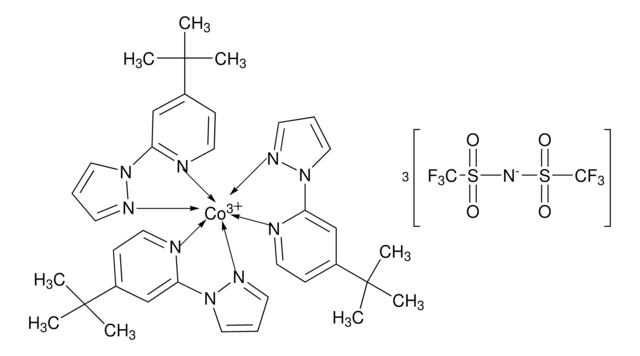
![[Pd(terpy)(MeCN)][BF4]2 ≥95%](/deepweb/assets/sigmaaldrich/product/structures/221/681/ebdc06b7-3b8d-48d4-8aae-08a856260f39/640/ebdc06b7-3b8d-48d4-8aae-08a856260f39.png)
